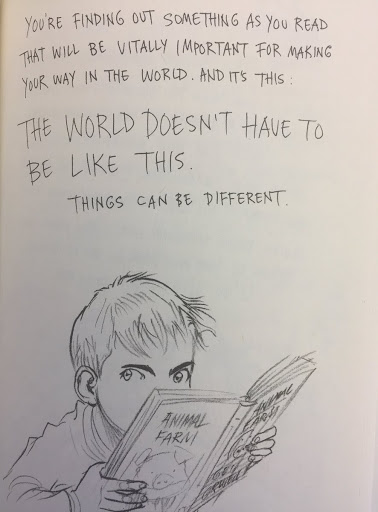Once you click SEND on your emailed pitch to an editor, relief washes over your bones and you unclench your jaw. Done and done!
But are you, really?
In one sense, sure. You just sent a pitch for a story idea that fills you with such confidence, you even told your parents you might get published in Wired in a couple months.
Based on my 20+ years in journalism, I’ve come to realize my work isn’t over once I’ve sent off the pitch to an editor. If I don’t get a reply within a week, I should be proactive. I need to ensure I follow up on each pitch, tracking when I sent a reminder email, and analyzing which types of ideas have attracted the most commissions.
Track and feel it out
When I coach students in my Become a Better Writer courses, I suggest they track their journalism pitches in a cloud-friendly database, such as Google Sheets. They should include fields for date sent, story idea, publication, editor’s name and email, if accepted, and one more important field—followed up or not?
Let’s be straight up about editors: They aren’t opening your pitch the day you send it, and most likely they will only get to it a week or two from reception. That means you can’t expect quick turnarounds with editors at the more prestigious pubs, which may often take a month or two to net a reply.
Still, editors expect a nudge email. That email reminds editors about your idea that you sent X days or weeks ago. It’s as short as possible, and never goes over the same idea that you already passed along. Use the same thread as the sent email so the editor just has to scroll up to read the pitch.
In that followed-up field, I’ll write the date of the nudge email. I generally wait a week for most outlets, and two weeks for the higher-paying ones, such as The Walrus or Toronto Life.
But wait, you declare, what should I write in this nudge email?
Keep it Simple and Short
For starters, I’m not looking to drag the editor into paragraphs of woe-is-me rants on how this timely story has to be developed ASAP; I’m just here to lightly poke the editor into reading my first email.
The text of my nudge email usually reads:
Hi ____,
I’m the freelance journalist who sent you this pitch two weeks ago, and I’m wondering if you had a chance to read it recently.
I look forward to your reply.
Best,
David Silverberg
Boom, that’s it! Nothing more, nothing less.
That kind of pithiness can be enough for an editor to scoot up his cursor to find the original pitch, give it a read then, and reply to me within the hour. It’s happened.
And you might be curious what my success rate for nudge emails have been. I’ve only started tracking these emails in the past five years, so anecdotally over my career I estimate around half of my follow-ups have elicited a reply, a yay or nay, and of those, around a third were greenlit.
The lesson here is that if I never sent those nudge emails, my pitch may remained in the slush pile, forever to be leapt over by fresher pitches that, for some reason, caught the editor’s attention immediately.
There’s no reason why certain pitches get accepted within the week or within the season. Well, the editor will know why she’s not replying to you ASAP, but you’re not privy to that info, so rest assured that most editors will reply to you in some way…at some point.
Nudge emails take minimal effort and planning, demonstrate your professionalism to editors, and ease your anxious thoughts circling around if that editor will get back to you about your gold-star idea.
But wait one more minute, oh fearless writing coach! What say you to TWO nudge emails?
To that I say, go for it, but I usually end it at one email. If I don’t get a reply to that message, I don’t pester the editor, and instead assume the idea was turned down and the editor didn’t or forgot to reply to me.
There’s no harm in sending a second email, but I can gauge when an editor or a pub is interested in a story, and when it’s time to move on.
To that end, too, I’d suggest assessing your accepted and rejected pitches once a year, while also tracking which editors needed that nudge email to yield a reply. That way, you can have a solid view of the kinds of ideas winning favour. You can then determine which editors have been most lax in getting back to you in that first email, and remind yourself to continue to send nudge emails to those editors, especially.
If you have questions about pitching as a journalist, contact me anytime, or check out the writing courses I’ve made available to freelance journalists of any level.





